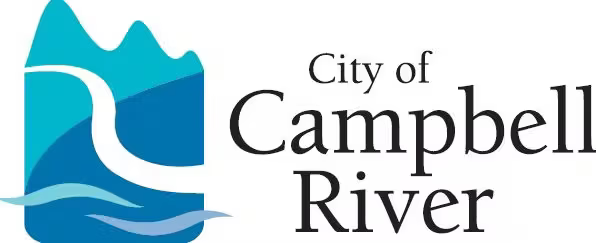AfE 2020 City of Campbell River

City of Campbell River
2020 GFOA Award for Excellence Winner

Parameters for Tax Increases
Budget Component | Low (%) | High (%) |
|---|---|---|
Base Budget | 1.5 | 2.0 |
Capital Budget | 0.5 | 1.0 |
Ongoing New Services | 0.0 | 0.5 |
All Services | 2.0% | 3.5% |
Total Utility Fee Increase* | 3.5% | 5.0% |

Download a summary of Campbell River's Best Practice Implementation
Download a summary of Campbell River's Best Practice implementation of the stability and resiliency policy.
Adopting Financial Policies
GFOA recommends that governments should formally adopt financial policies. Steps to consider when making effective financial policies include (1) scope, (2) development, (3) design, (4) presentation, and (5) review.
Long-Term Financial Planning
GFOA recommends that all governments regularly engage in long-term financial planning that encompasses the following elements and essential steps. A long-term financial plan should include these elements: time horizon, scope, frequency, content, and visibility. A long-term financial plan should include a mobilization phase, including alignment of resources, preliminary analysis, identification of service policies and priorities, validation and promulgation of financial policies, and definition of purpose and scope of planning; and an analysis phase.


